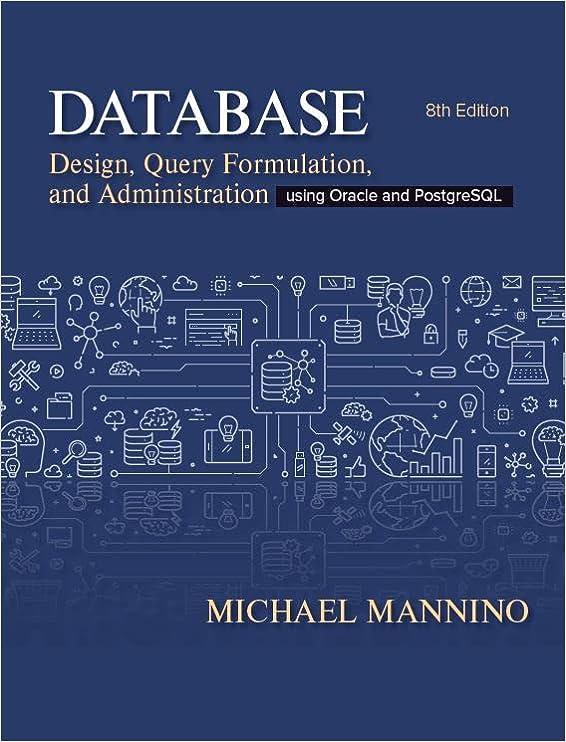Answered step by step
Verified Expert Solution
Question
1 Approved Answer
computer science and you need to replace it with that many 1 ' s . They do not have to be at the beginning of
computer science
and you need to replace it with that many s They do not have to be at the beginning of the tape. Examples:
A Turing machine implementation for the conversion from decimal to unary would begin with a blank tape. The machine would begin in the leftmost cell and scan to the right untili it reaches a cell containing data. It would then read the value in that cell and write the appropriate number of in the adjacent cells. Finally, it would return to the leftmost cell and repeat the process until the tape ran out.
For instance, if the input was the machine would write in the first cell before moving to the second. It would then write in the following four cells before returning to the initial cell. Then, it would put in the first cell and go to the second. It would then write in the next four cells before returning to the first cell and repeating the process until the end of the tape is reached.
Similarly, if the input were the machine would write in the first cell before on to the second. It would then write in the following seven cells before returning to the first cell. Then, it would put in the first cell and go to the second. It would then write in the next seven cells before returning to the first cell and repeating the process until the end of the tape was reached.
Lastly, given the input the computer would perform no action because there are no nonblank cells.
Give the state transition diagram formal description for the Turing machine in Problem
Question marks
A mass of consumers is uniformly distributed along the interval Two firms, A and are located at points and respectively. We denote by the price of firm iinA, A consumer located at point xin obtains utility if he consumes from firm and substitute for the last number of your student ID number.
a Find the demand function for both firms.
marks
b Assume firms set their prices simultaneously. Solve for the Nash equilibrium prices, and compute the equilibrium profits. marks
c Now, assume a Stackelberg timing, where firm is the leader. Explain briefly why we should not use the Nash equilibrium concept to solve this game, and solve for the equilibrium prices and profits.
marks
d Compare the results obtained in parts b and c and explain the intuition for such difference. Are the equilibria efficient?
marks
e Suppose that there was a technology that allowed firm A to credibly commit not to change its price this option to commit would make firm A the Stackelberg leader, as in part c If only firm A had access to this technology, how much would firm A be willing to pay for it only firm A had access to this technology, how much would firm A be willing to pay for it How would your answer change if the technology was auctioned to the best bidder between How would your answer change if the technology was auctioned to the best bidder between firms A and marks
Assume that firms A and can perfectly discriminate between locations. That is firm i chooses a price for each location xin Firms now compete by simultaneously choosing the pricing functions and There is no possibility of between firms A and they go to the closest firm.
f Find the Nashequilibrium pricing functions. That is you need to find the equilibrium prices of every firm in every location.
marks
Consider a consumer whose utility function and budget constraint are given by and I, respectively, where is the price of good is the price of good and I is the consumer's income.
a Derive the ordinary derand functions, and
b Derive the consumer's indirect utility function,
c Calculate the partial derivatives, hat

Step by Step Solution
There are 3 Steps involved in it
Step: 1

Get Instant Access to Expert-Tailored Solutions
See step-by-step solutions with expert insights and AI powered tools for academic success
Step: 2

Step: 3

Ace Your Homework with AI
Get the answers you need in no time with our AI-driven, step-by-step assistance
Get Started


